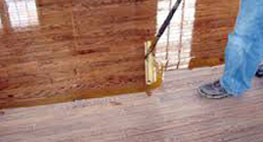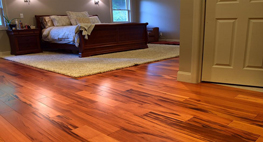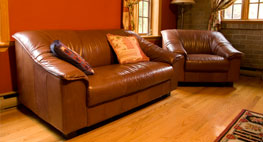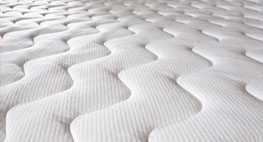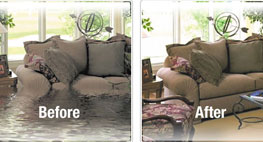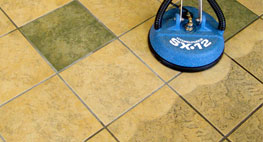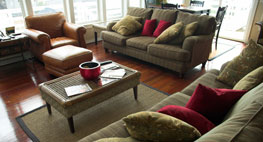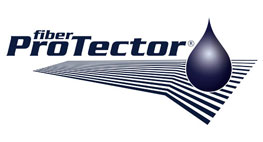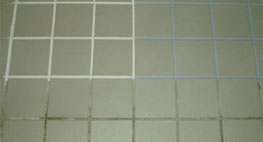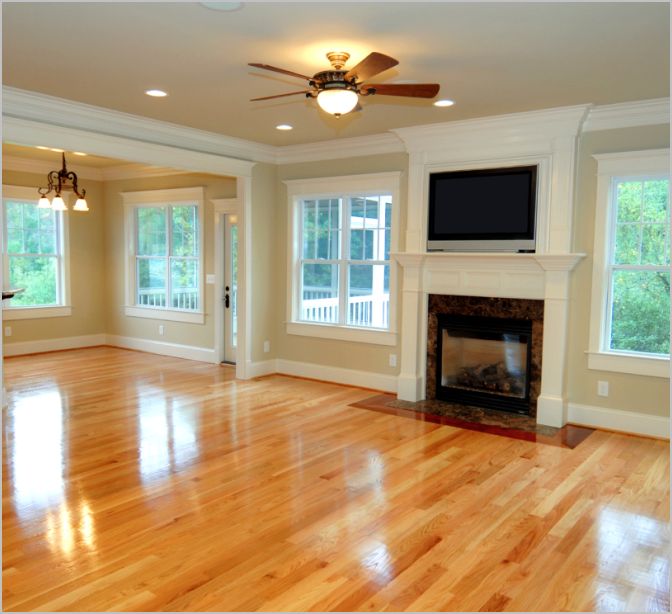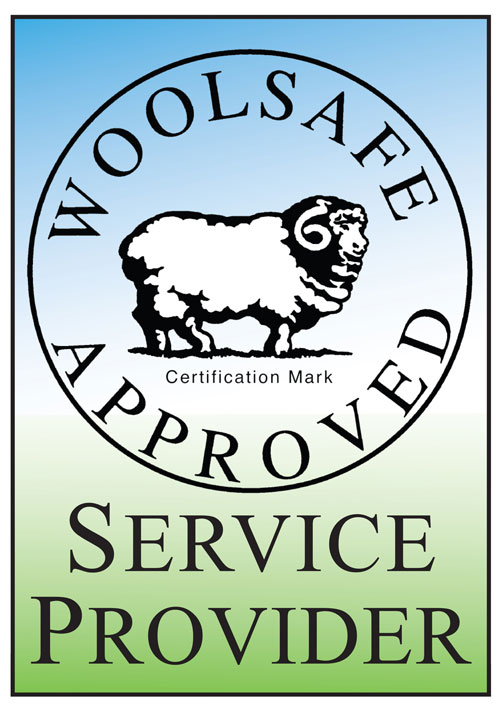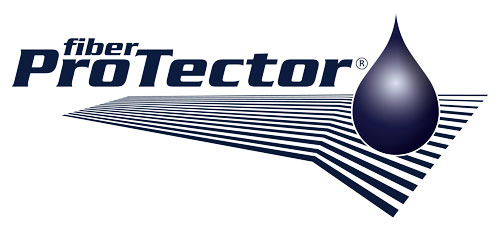- Cleaning Disasters
- 15.09.2011
Do You Have a Mold Problem? How to Know.
Many homeowners are concerned about having mold in their homes, but don’t know the early warning signs – or preventative measures – that could help them avoid a major problem. According to the Centers for Disease Control and Prevention (CDC), there is “always a little mold everywhere,” including in the air, and on many surfaces. Molds themselves are not toxic or poisonous, although some people talk about “toxic molds.” The hazards presented by these molds, which in reality are just molds that may produce mycotoxins, should be considered the same as the hazards presented by other common molds. There are very few reports that toxigenic molds found inside homes can cause unique or rare health conditions. But in 2004, according to the CDC, the Institute of Medicine (IOM) found sufficient evidence to link indoor mold exposure with upper respiratory tract symptoms, cough, and wheeze in otherwise healthy people; with asthma symptoms in people with asthma; and with hypersensitivity pneumonitis in individuals susceptible to that condition. The Institute also found limited or suggestive evidence linking indoor mold exposure and respiratory illness in otherwise healthy children.
Mold spores can get into homes through open doorways, windows, and heating, ventilation, and air conditioning systems that have outdoor air intakes. Spores can also attach themselves to people and animals, turning clothes, shoes, bags, and pet accessories into handy transportation. If the spores land in moist places, such as places near leaks in roofs or pipes, or in any spot where flooding has occurred, they will grow. According to CNN/Money, the National Association of Home Builders says that a moist environment and the right room temperature can lead to mold growth in just 48 hours.
The Environmental Protection Agency (EPA) offers extensive information on Mold and Moisture online, and notes that the key to controlling mold is controlling moisture. Although it’s impossible to keep mold completely out of your home, in most cases (in addition to moisture control) regular home cleanings, including the Carpet Cleaning Services and Air Duct Cleaning Services, can often prevent serious mold problems from arising.
But how do you know if you have a mold problem? You can usually see or smell a large infestation (a musty smell is often a strong clue), but in some cases, according to a 2005 New York Times Article titled “How to Find and Eliminate Mold”, the first sign of a mold problem is an allergic reaction experienced by someone in the home. Jeffrey C. May, principal scientist for May Indoor Air Investigations in Cambridge, MA, told the Times, “If someone feels better when they’re away from the house, there’s probably something wrong with the house.”
If you suspect you have a problem, consider contacting a home inspector who is certified to inspect for mold. Research inspectors or environmental experts carefully, before choosing a vendor for this purpose. The CDC (L7) points out the following:
Standards for judging what is an acceptable, tolerable or normal quantity of mold have not been established. If you do decide to pay for environmental sampling for molds, before the work starts, you should ask the consultants who will do the work to establish criteria for interpreting the test results. They should tell you in advance what they will do or what recommendations they will make based on the sampling results. The results of samples taken in your unique situation cannot be interpreted without physical inspection of the contaminated area or without considering the building’s characteristics and the factors that led to the present condition.
If it is determined that your home has a mold problem that must be addressed, a number of considerations go into the decision of who should handle the clean up. According to the EPA, if the moldy area is less than about 10 square feet (less than roughly a 3 ft. by 3 ft. patch), homeowners can probably handle the job themselves if they follow the EPA’s guidelines (posted on the same page).
If the problem is larger, however, it’s a good idea to call in an expert. Albemarle offers Emergency Restoration and Cleaning Services for both homes and businesses. We can handle such water and moisture emergencies as broken pipes, overflowing toilets, and flooding that might lead to major mold problems. We will help guide you through the insurance claims process, while our accomplished technicians will approach the restoration process with the utmost care and concern for your property and mold issues.
If you choose to hire a contractor who specializes in mold clean-up for more extensive jobs, the EPA recommends that you check references, and ask the contractor to follow the recommendations in the agency’s Mold Remediation in Schools and Commercial Buildings information area, the guidelines of the American Conference of Governmental Industrial Hygenists (ACGIH), or other guidelines from professional or government organizations.
There is a great deal you can do to avoid mold problems, from avoiding a moist environment to regular air duct and home cleanings. But if a disaster occurs, such as flooding wind-driven rain or burst pipes, contact Albemarle immediately by calling 252.255.1477. And if you suspect that mold you can’t see is causing health problems, speak to qualified, licensed professionals to determine next steps.




